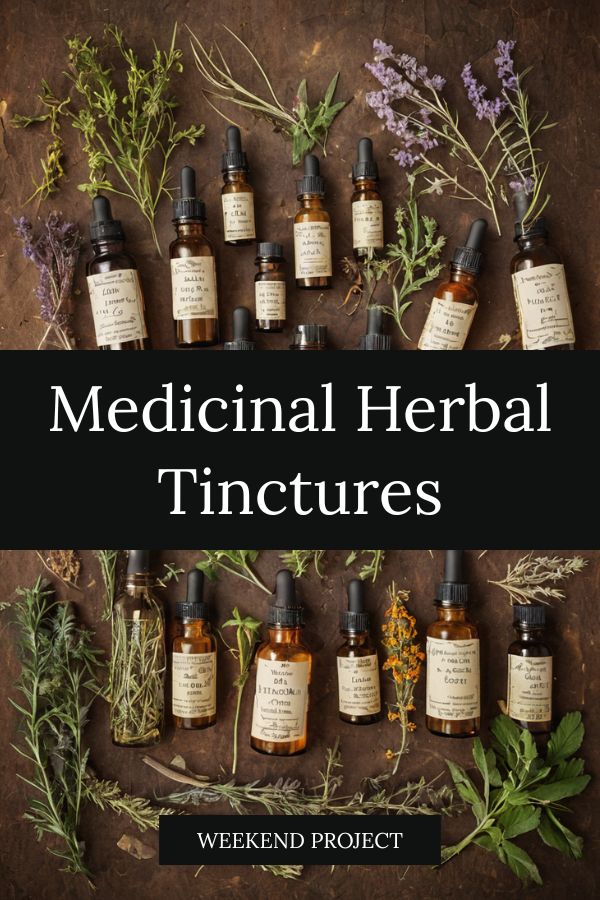Turmeric (Curcuma Longa)
Information Reliability Score: 2/10
This score reflects the overall reliability of the information presented in this article. It is based on the quality of scientific evidence, accuracy of sources, and the transparency of references related to Curcuma longa.
Turmeric, scientifically known as curcuma longa, is a medicinal herb and spice widely used in traditional and modern wellness practices. It is renowned for its primary active compound, curcumin, which has potent anti-inflammatory and antioxidant properties. Historically, turmeric has been a key component in Ayurvedic and Traditional Chinese Medicine, used to support digestion, reduce inflammation, and promote skin health. In modern wellness, it is commonly incorporated into supplements, topical creams, and culinary dishes to support joint health, brain function, and overall well-being. Its distinctive earthy flavor and vibrant yellow color make it not only a valuable spice but also a symbol of cultural heritage in many parts of the world.
FREE COURSE
How to make medicinal herbl tinctures for common ailments at home and in a weekend (using the Healing Drop System).

